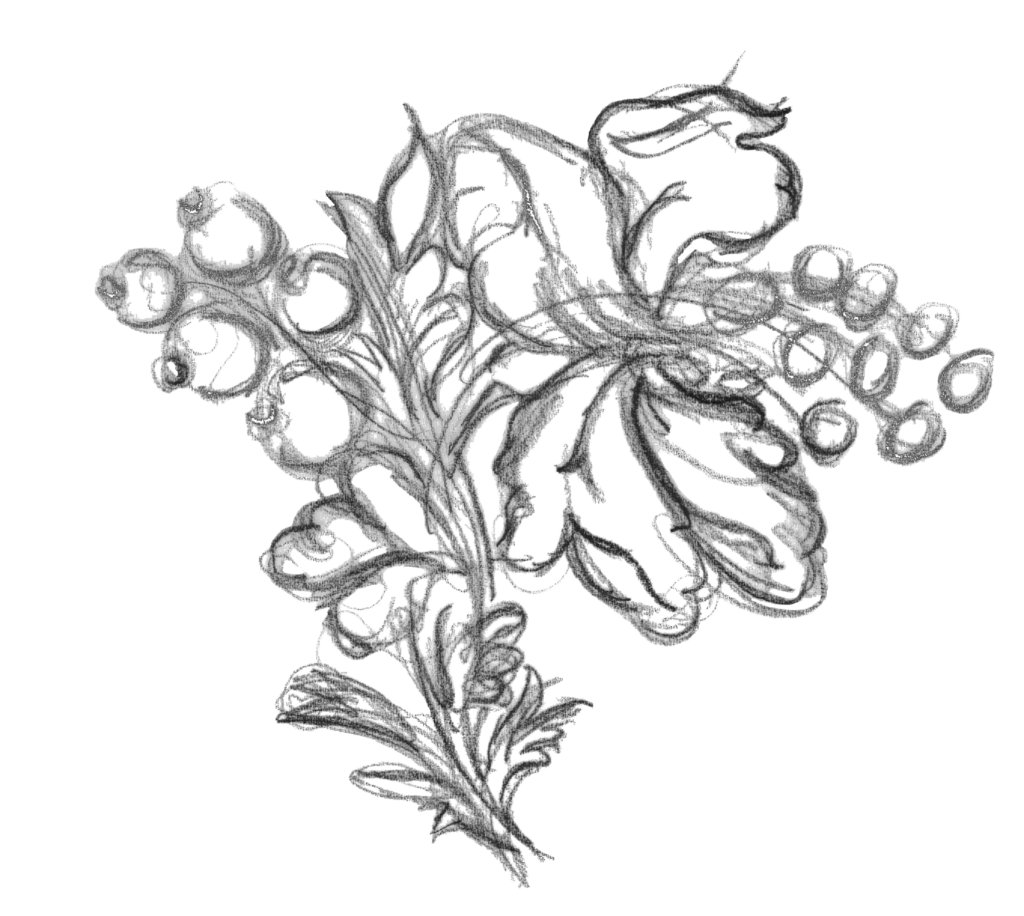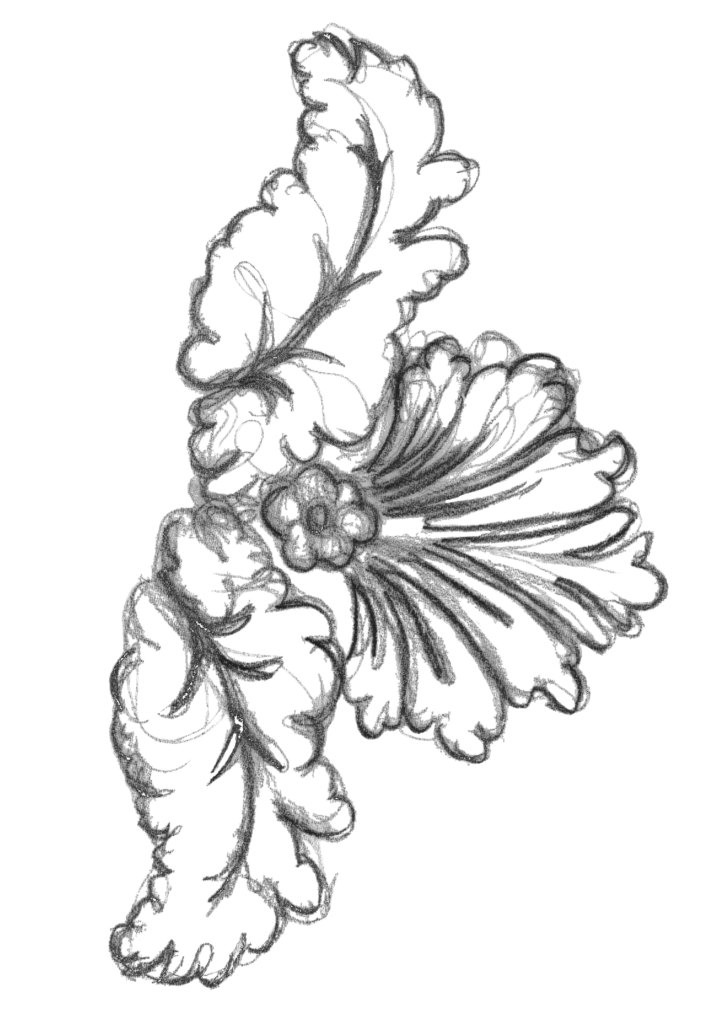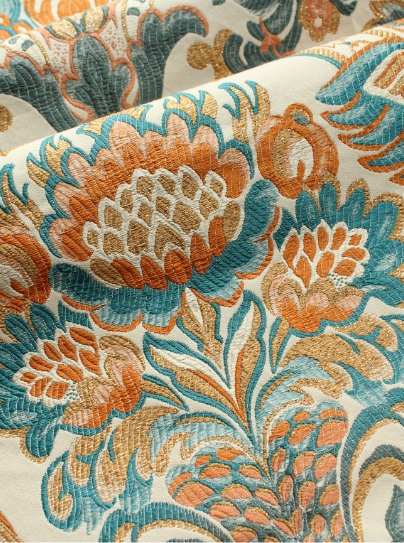Silk yarn has been cherished for centuries, from its origins in ancient China to its role in shaping the global textile industry. At Humphries Weaving, we blend time-honoured craftsmanship with modern innovation to produce silk fabrics of unparalleled quality, all while championing sustainable practices.
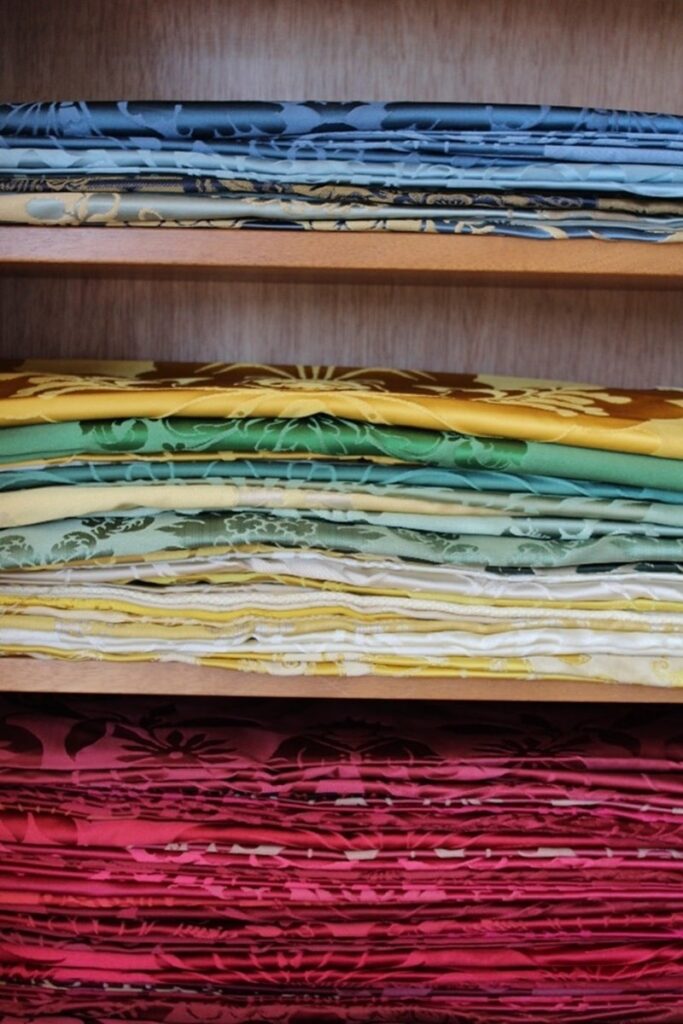
To create exceptional fabrics, one must start with the finest yarn. The highest quality fibres that make up the yarn are essential, and silk is one of the most noble natural fibres available.
At Humphries Weaving, we are fortunate to operate as a vertical mill, granting us meticulous control over every aspect of our fabric production. Humphries Weaving originally began as a silk weaver, and silk remains our most popular yarn to this day. The finest silk is still sourced from China, where silk was first discovered around 3000 BC. According to legend, Empress Leizu made this discovery when a silkworm cocoon fell into her tea. As she attempted to retrieve the cocoon, she noticed the fine, long fibres unravelling. Inspired, she gathered more cocoons and wove the silk into cloth. Recognizing the potential of these fibres, she pioneered the art of sericulture, or silkworm farming, which cemented her legacy as the goddess of silk in Chinese mythology.
The most commonly used silkworm is the Bombyx mori. Remarkably, these silkworms can grow up to 100mm in just 40 days, consuming 1kg of mulberry leaves daily. After about 10 days, they spin their cocoons. If left undisturbed, the adult silk moths will emerge, live for only two to three days (during which they do not eat or fly), mate, and die approximately 48 hours after laying eggs.
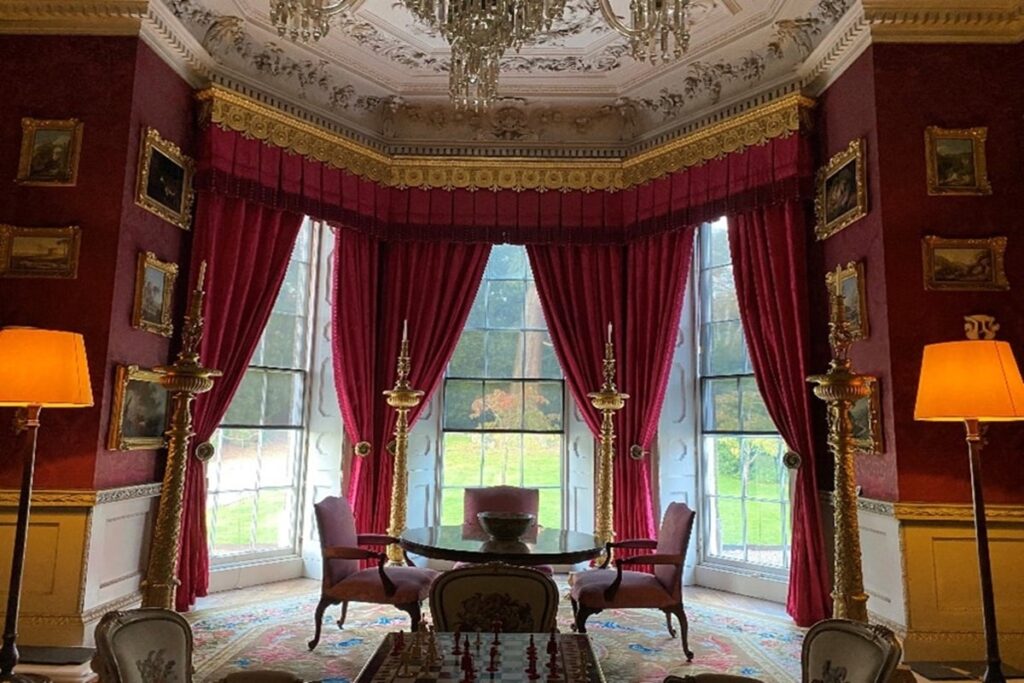
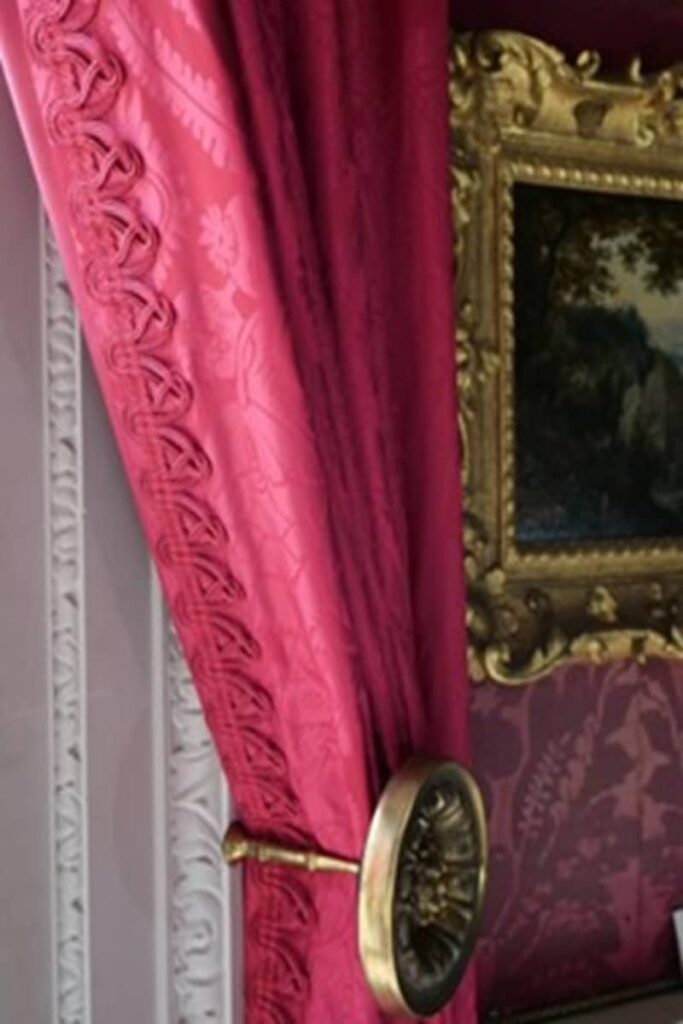
For centuries, China safeguarded the secrets of sericulture. It wasn’t until the advent of the Silk Road in the 4th century AD that silk manufacturing began spreading to Europe. By 1466, French King Louis XI had developed a strong interest in silk, elevating France to a leading producer. The 1680s saw the rise of the Huguenots, skilled in silk weaving and sericulture. However, religious persecution forced them to flee to Protestant England, where many settled in Spitalfields, London, turning it into England’s silk capital. However, the Worshipful Company of Weavers imposed stringent controls on the industry, making it increasingly difficult for these artisans to sustain profitable businesses. As a result, many weavers relocated about 30 miles outside of London to areas like Braintree, Sudbury, and Lavenham, which allowed them to continue their craft while remaining close to essential transportation routes via the river.
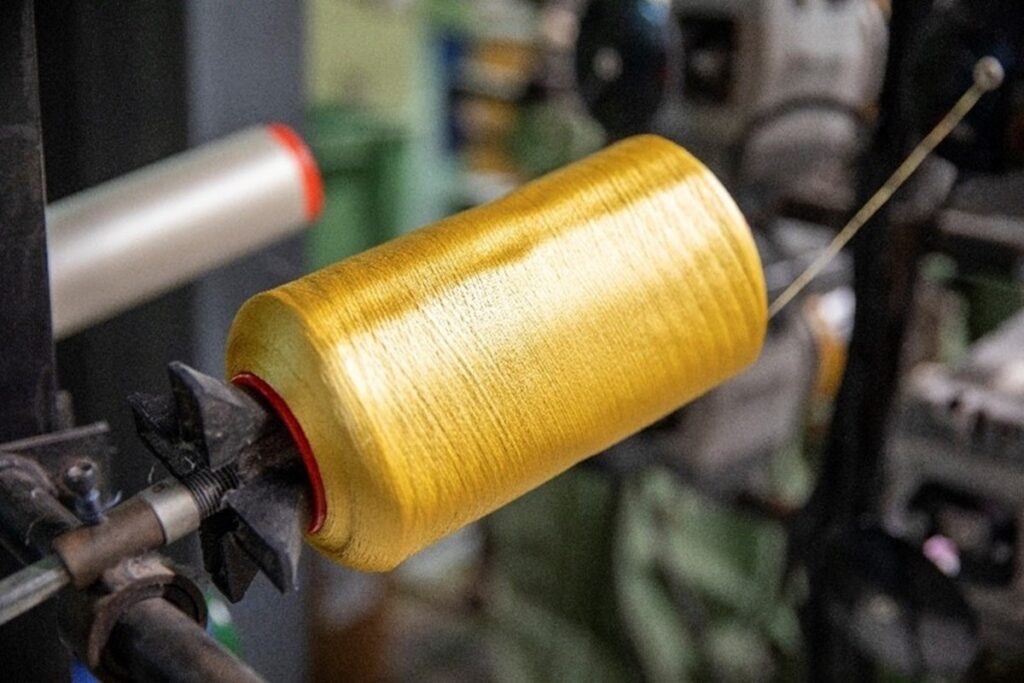
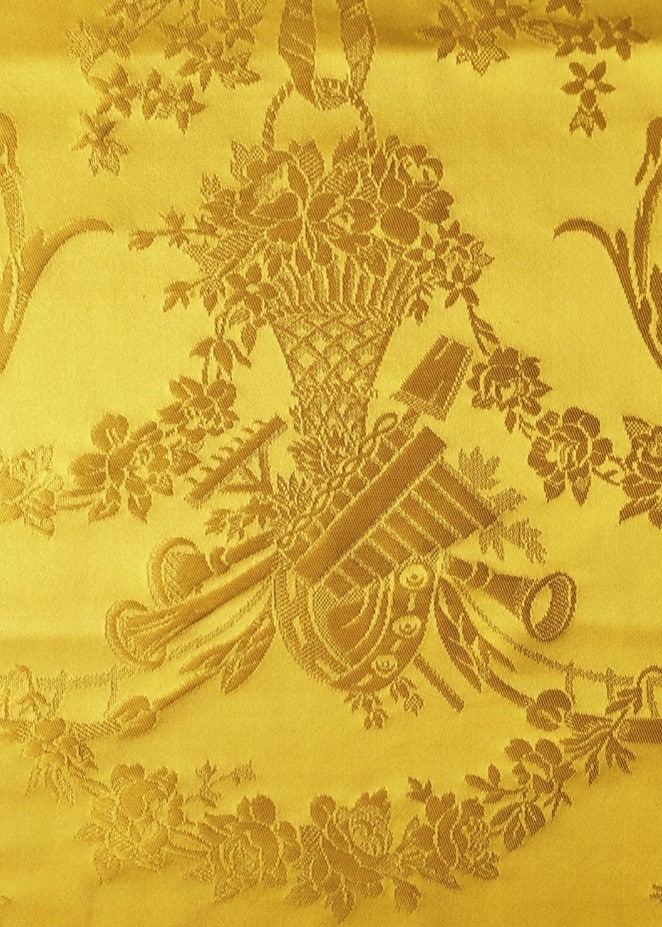
Silk is unique among natural fibres as it is the only one that is a continuous filament. Each silkworm cocoon produces a single thread of silk that can be up to 1km long. In contrast, other natural fibres, such as cotton, are staple fibres that occur in shorter lengths. These shorter fibres must be spun together to create yarn, giving cotton its characteristic softness and fluffiness. While silk can also be spun, its smooth filament structure provides a different texture and sheen. The degree of twist applied to silk yarn during spinning affects its strength and lustre—higher twist rates yield stronger yarns, much like a rope, but at the cost of reduced sheen.
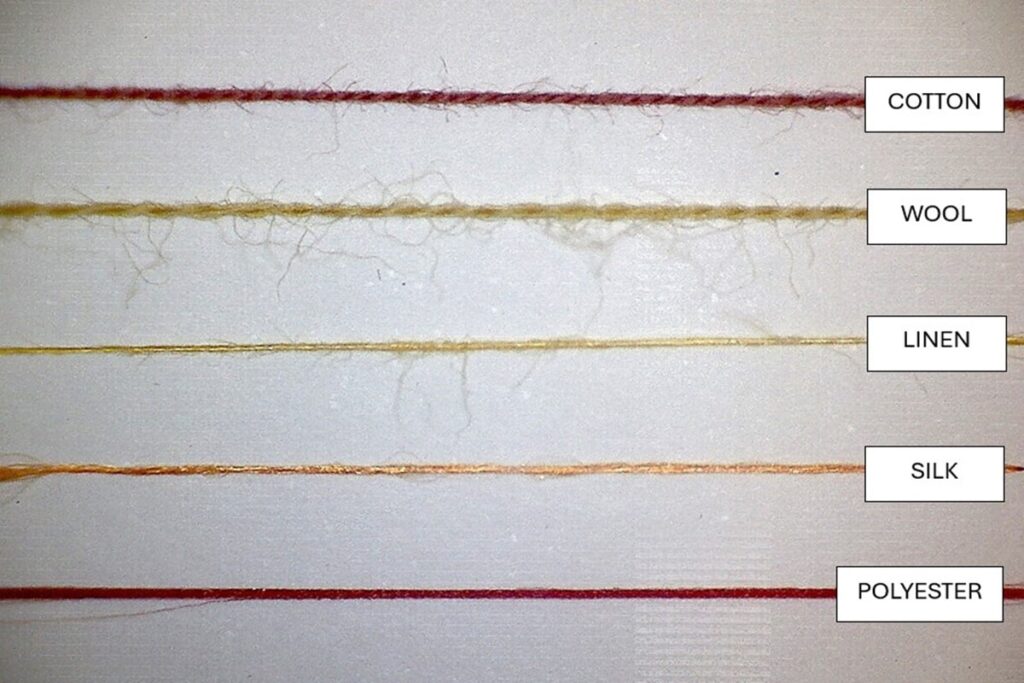
As silk weavers, our primary challenge lies in selecting the right type of silk yarn. With various options available, we must balance strength and aesthetic appeal—sourcing silk that can withstand the tension of our looms while retaining the lustre and smoothness our customers expect.
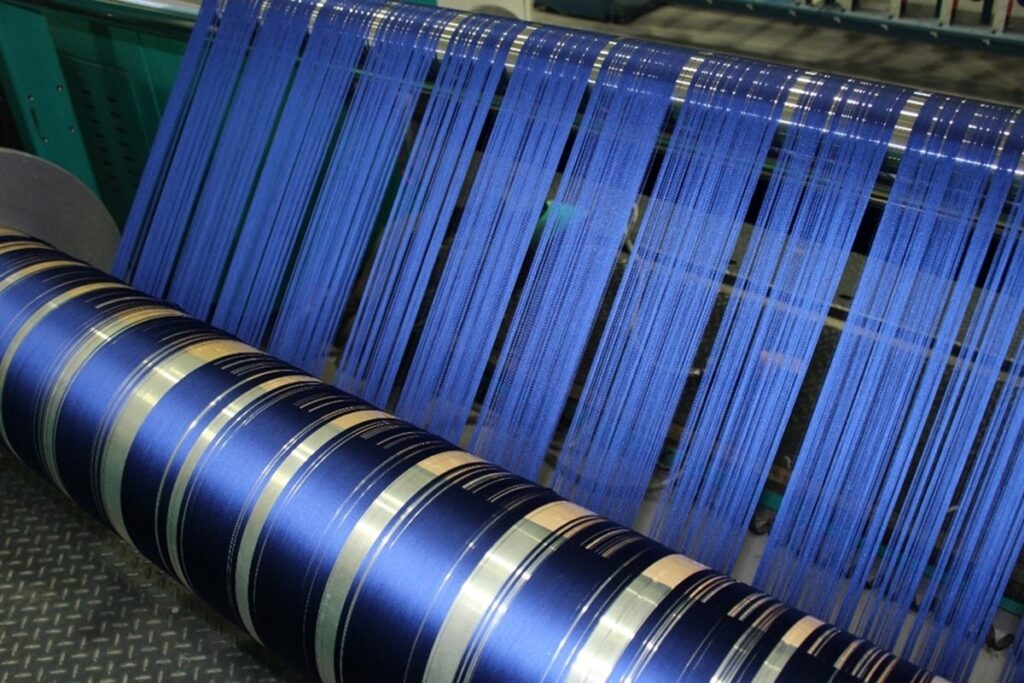
Silk is an animal protein fibre and naturally contains a gum called sericin, which accounts for 25% of its weight. Raw silk, which includes this gum, has a lower lustre because the gum prevents light from reflecting off the filament underneath. To reveal the hidden lustre, the silk can be degummed in hot soapy water, transforming it into Pure Silk. However, this process is delicate—if the temperature is too high, the silk can become ‘lousy,’ meaning the fibres have broken down and are no longer viable as filament yarn. For example, in producing Souple yarn, [https://www.humphriesweaving.co.uk/portfolio/belton-house/] which retains the gum, we must dye the silk without stripping the gum, a process that requires precise temperature control.
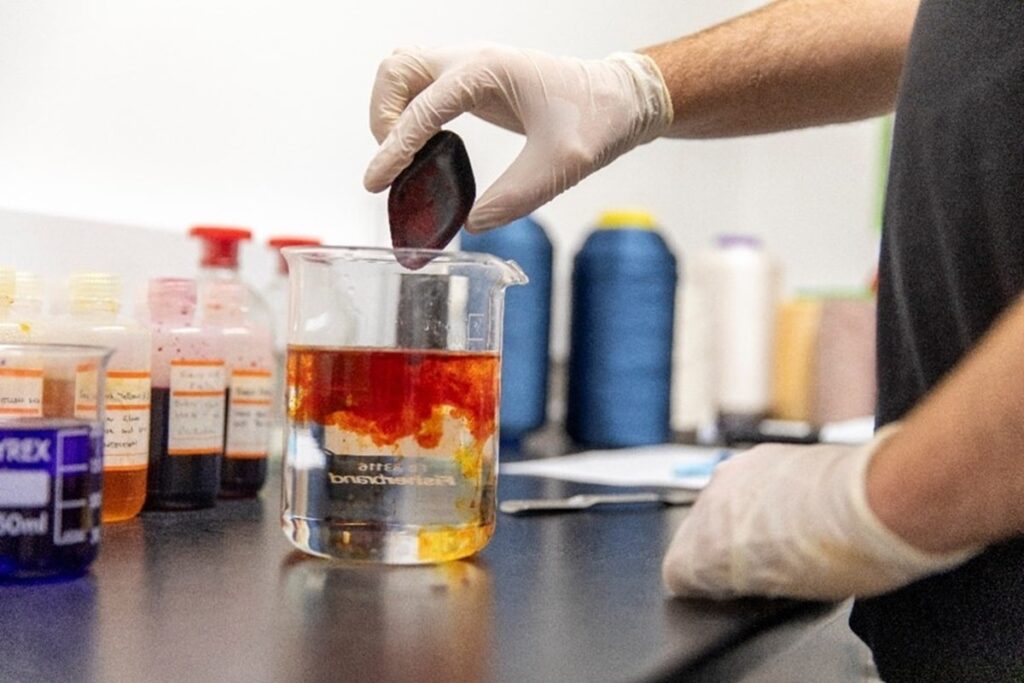
At Humphries Weaving, we are fortunate to have access to the Dye Works at the Sudbury Silk Mills, enabling us to offer a unique, bespoke service. We can custom-dye [https://www.humphriesweaving.co.uk/product-range/custom-yarn-service/] our yarns to match a customer’s specific historic shade or perfectly align with an interior scheme. Utilising state-of-the-art technology, our process oxidizes 100% of the organic dyestuffs in the used dye liquor, breaking them down into safe components that can be discharged through local sewer systems.
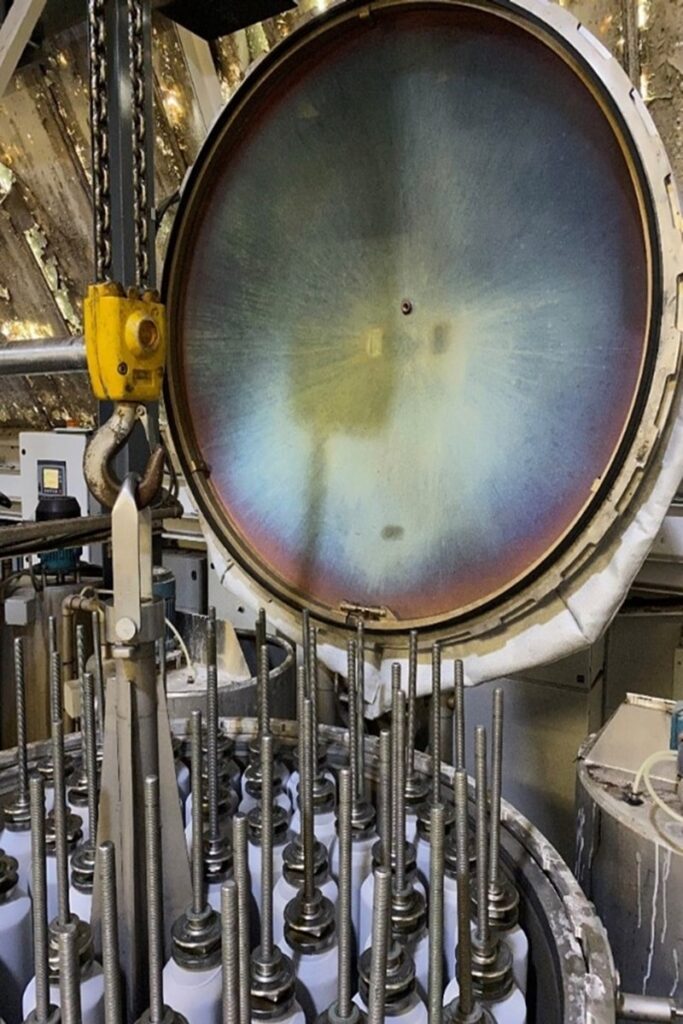
The heat from the dye liquor is recovered in a heat exchanger, preheating water for subsequent dyeing processes, which in turn cools the waste liquor to the required temperature for treatment. Sudbury Silk Mills has been a pioneer in adopting this technology within the textile industry, and we remain committed to staying at the forefront of sustainable practices.
Humphries Weaving is proud to be the first mill in the UK to be certified with Oeko-Tex STeP, a rigorous and highly prestigious accreditation that took three years to obtain. This certification covers all aspects of our business, including yarn supply and dye works, ensuring that our customers can trust the quality and sustainability of the products they purchase from us.
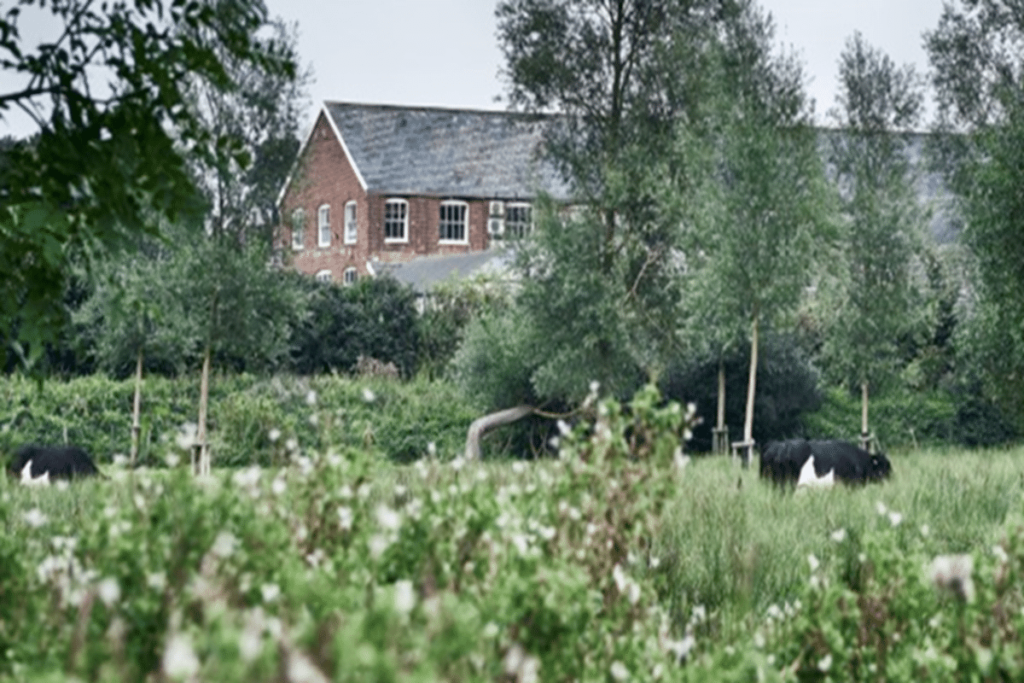
To learn more about our Oeko-Tex accreditation and its significance, please visit our website at [Humphries Weaving – Responsibility Report]
[/spb_text_block]
